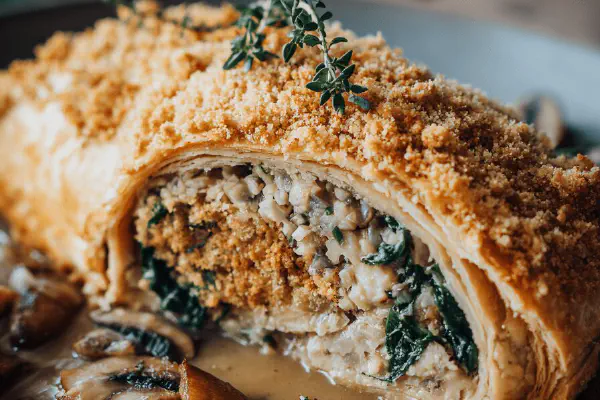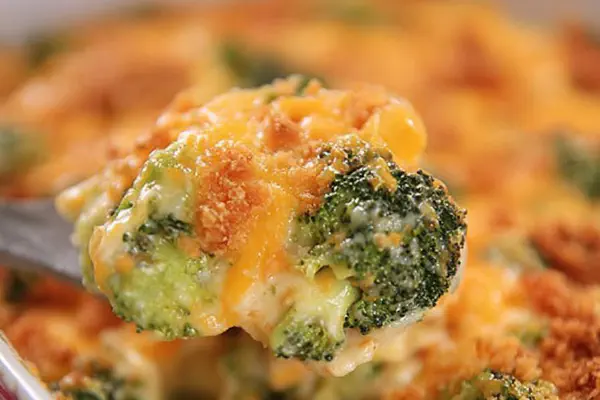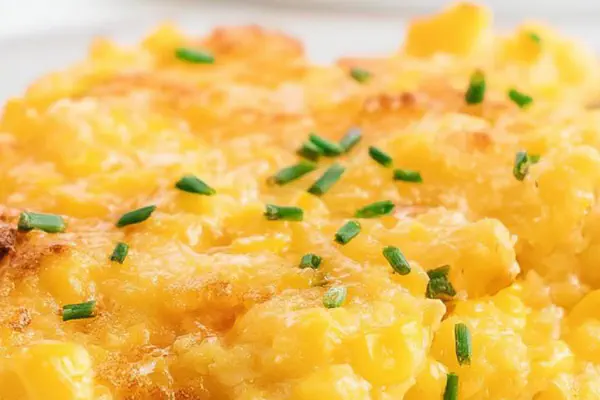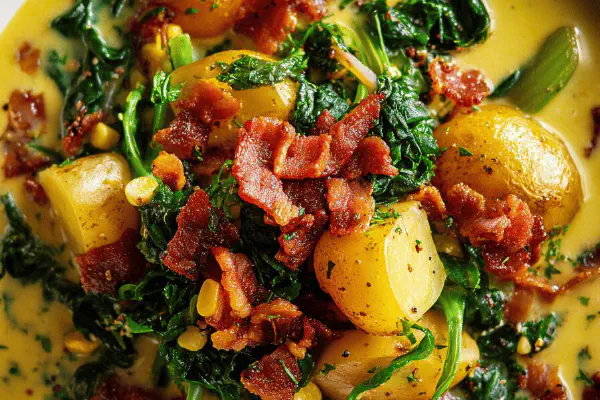Featured Recipe
Stuffed Cabbage Three Cheeses
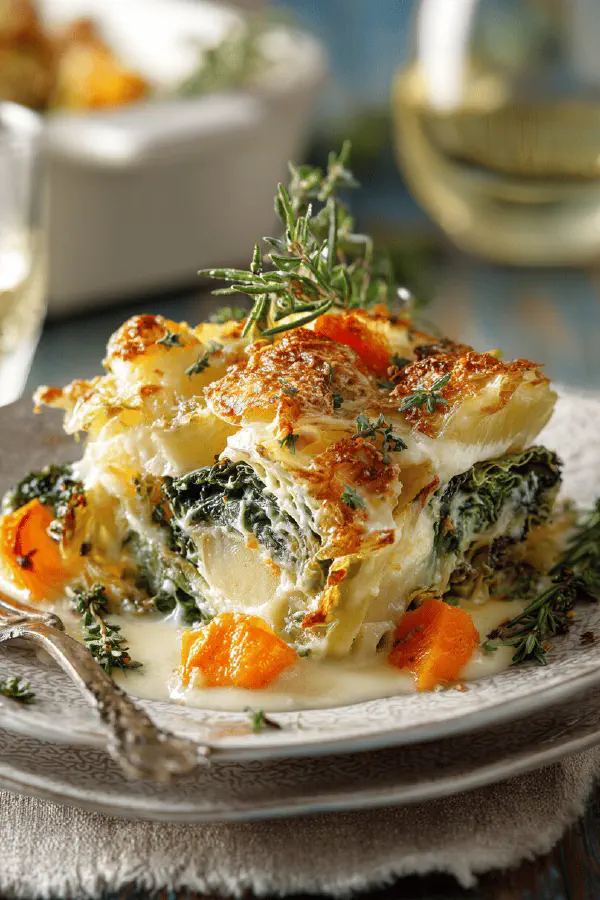
By Kate
"
Vegetarian layered cabbage with three cheeses, sliced root veggies, and fresh herbs. Combines wilted cabbage leaves, sautéed leek, blended triple-cream brie and washed-rind style cheese, with al dente potatoes and butternut squash, baked in a parchment-lined springform. Lightly infused milk simmers vegetables, then layered with firm cheese cubes and wrapped snugly for a slow oven finish. Balanced textures with creamy, earthy, fresh notes. No nuts, gluten, or eggs. Adapted for kitchen practicality and flavor depth, swapping wine and cheese variants for broader pantry options.
"
Prep:
50 min
Cook:
Total:
Serves:
6 to 8 portions
vegetarian
casserole
French-inspired
Introduction
Stuffed cabbage layered with three types of cheese and root vegetables. Not your typical casserole. Rich, creamy cheeses balanced by the fresh cabbage and subtle sweetness of butternut. Technique-focused: blanch just enough or leaves toughen in oven. Low simmer keeps potatoes firm, too mushy means a sloppy mess. Cheese melting controlled to avoid greasy puddles. Slow oven bake in foil locks in moist heat, develops melded flavors rather than crust. Timing cues from tactile feel of potatoes and cabbage tenderness, not watch alone. Plan ahead, layering matters—compact but don’t crush. Following these means a distinctly home-cooked yet refined dish, reliable texture, and layers that hold when sliced.
Ingredients
About the ingredients
Substitutions matter here. Don’t have brie? Use triple-cream Camembert or robiola for textural match. For washed rind, Taleggio or even Herve gives that funky tang without overpowering. Yukon Gold for potatoes if Russet unavailable—less starchy but hold shape better. Vermouth is classic, but dry white sherry or dry white wine works in pinch, just reduce to dryness to avoid excess liquid. Butternut switch to kabocha or delicata squash if preferred—adjust cooking time slightly to keep texture al dente. Butter can be clarified for less moisture or replaced with olive oil, but loss in flavor complexity noted. Salt cautiously; cheese adds saltiness. Don’t skip rinsing cabbage quickly; residual bitterness and harsh fibers mellow with this step.
Method
Blanch and prep cabbage
- Bring large pot of salted water to rolling boil. Immerse cabbage leaves carefully. Blanch roughly 3 to 4 minutes until pliable but still holding shape. Drain and immediately shock under cold running water. Pat dry. Essential to avoid sogginess later.
- Melt butter in sauté pan over medium heat. Add leek, sweat gently till translucent and soft, 6 to 8 minutes. Pour in vermouth — reduces to nearly dry, smells sharp and fresh, about 7 minutes. Lower heat. Add brie broken into chunks and washed-rind cheese cubes. Stir off-heat until melted and smooth. Season with salt and pepper conservatively. Set aside to cool slightly.
- Use same large pot. Arrange potato slices in milk with thyme and garlic clove. Add pinch salt and cracked pepper. Bring barely to simmer over medium heat. Gentle bubble breaking surface, not boiling hard. Cook 6 to 7 minutes. Potatoes should be tender yet with slight resistance — test by piercing carefully. Stir occasionally to prevent sticking.
- Remove thyme and garlic. Drain potatoes thoroughly, reserving milk in pot.
- Add squash slices to milk, warm back to gentle simmer. Cook 6 to 8 minutes, should be tender but not falling apart. If liquid evaporates too fast, add small splash more milk or water. Drain and set aside.
- Preheat oven to 185 °C (365 °F). Line 23 cm (9-inch) springform pan bottom with parchment paper.
- Lay one large cabbage leaf on bottom. Press six leaves upright inside pan edges, overlapping slightly and leaving rim sticking out.
- Place second cabbage leaf over base layer to seal. Layer two-thirds of potatoes evenly, season lightly. Press gently but firmly to compact.
- Spread leek-cheese mix over potatoes, distribute evenly but avoid overflowing sides.
- Add remaining potatoes in single layer. Next, layer cooked butternut over potatoes.
- Sprinkle firm Alpine cheese cubes on top. Cover with one cabbage leaf.
- Fold over excess cabbage leaves towards center, creating a loose bundle. Cap with final large cabbage leaf.
- Brush top leaf liberally with softened butter for browning.
- Wrap pan tightly with two sheets of heavy-duty aluminum foil. Place on baking sheet to catch any drips.
- Bake in middle rack for approximately 1 hour 25 minutes. Foil traps steam, warming and marrying flavors gently.
- Remove from oven. Let sit undisturbed, tented with plate on top, 15 to 20 minutes. This step firms layers for cleaner slicing.
- Run knife around sides before releasing springform ring carefully. Serve warm or room temperature, works with peppery greens.
Leek and cheese filling
Simmer potatoes
Cook butternut squash
Assemble in springform
Rest and unmold
Technique Tips
Blanch cabbage just enough—you want pliable but not falling apart or overcooked. Watch color shift to translucent edges. Overblanching creates soggy layers, underblanching yields tough chew. Leek softened low and slow, reducing liquid before adding cheese prevents separation and runny filling. Melting cheeses off direct heat avoids clumping or burning. Simmer potatoes in milk gently with aromatics; milk acts to infuse flavor while controlling heat. Watch for tender-but-firm potatoes, stirring occasionally to keep from sticking or scorching. Same complexity with squash: tender but not mushy. Layering is key — firm foundation stops collapse, press gently, not hard, or crushed layers lose distinction. Wrapping with foil traps steam, makes slow gentle cooking, favoring texture. Resting post-oven helps set shape and flavors marry fully. Last step’s patience pays off—don’t skip resting or you risk breakage when slicing.
Chef's Notes
- 💡 Blanch cabbage leaves till pliable. Too much heat makes them mushy. A quick cold shock. Don't forget this step. Soft but holding shape.
- 💡 Cook potatoes gently. Milk simmer, not boiling. Watch for tenderness but firm. Stir often to avoid sticking. Prevent overcooking.
- 💡 Leek adds depth. Sweat them well; then, reduce vermouth till mostly dry. Balance flavors when you mix cheese in. Avoid a runny filling.
- 💡 Layering matters. Firm foundation with potatoes helps. Press lightly to avoid crushing. Create distinct layers. Don't rush; take time.
- 💡 Resting post bake helps set layers. Tent with a plate, let sit. Cuts cleaner. Wait, it’s worth it. Flavors inside meld beautifully.
Kitchen Wisdom
What can I use instead of vermouth?
Dry white wine works. Or dry sherry. Just reduce till dry. Avoid excess moisture; balance is key.
What if cabbage leaves break?
Blanch shorter next time. Softer leaves risk tear. Adjust technique, maybe try blanching quicker.
Storing leftovers?
Refrigerate in airtight container. Lasts 3-4 days. For longer, freeze but texture changes. Slice before freezing.
How to keep layers from collapsing?
Layer evenly, compact lightly. Avoid crushing. Use firm foundation from potatoes. Bake patiently.
